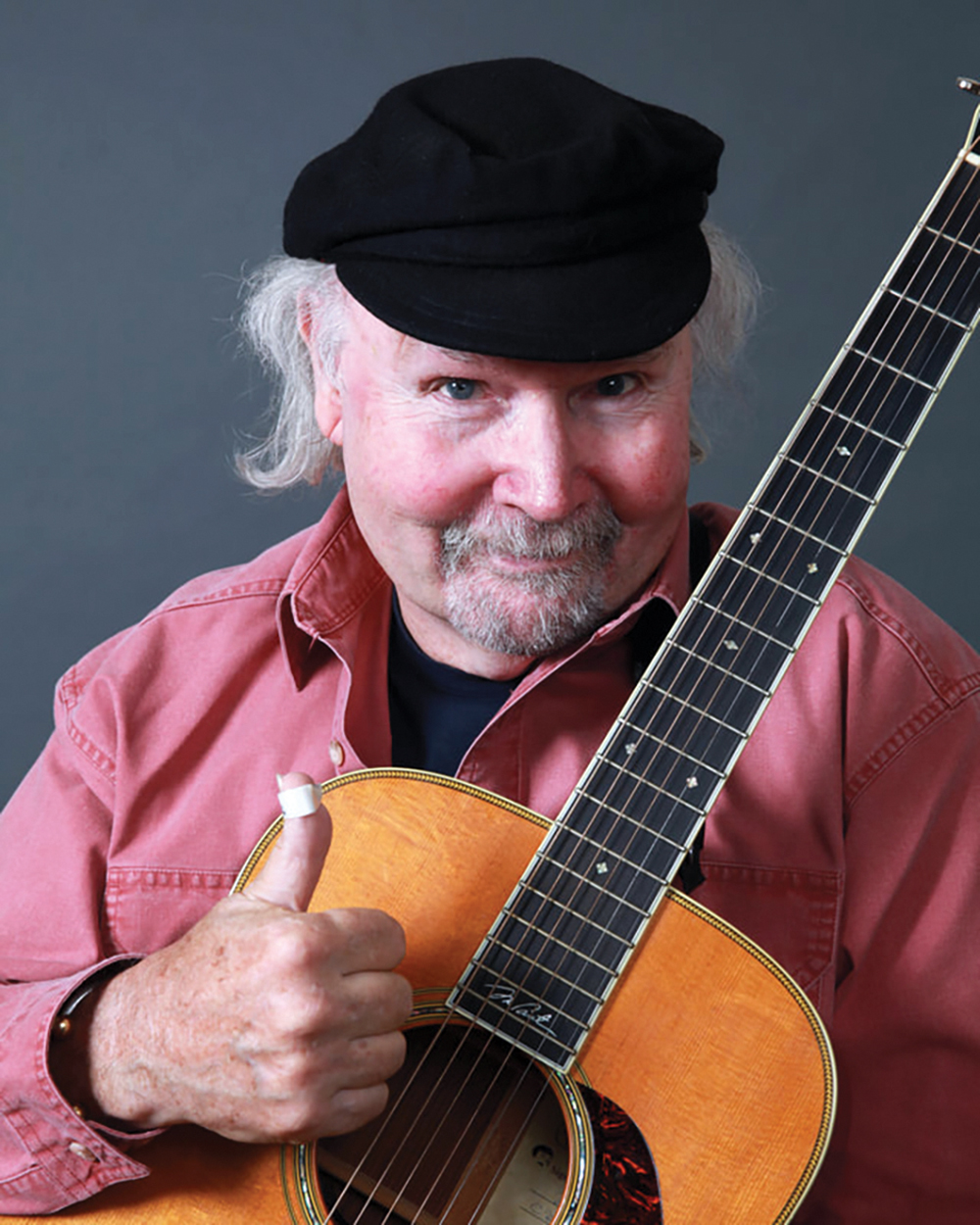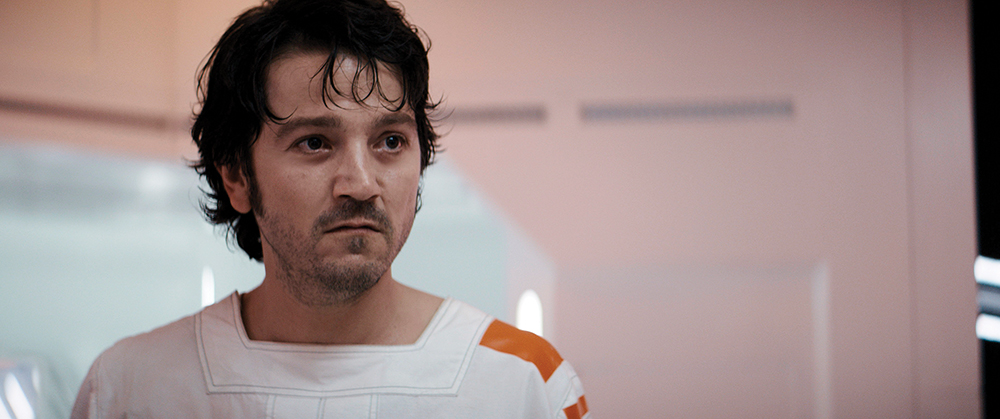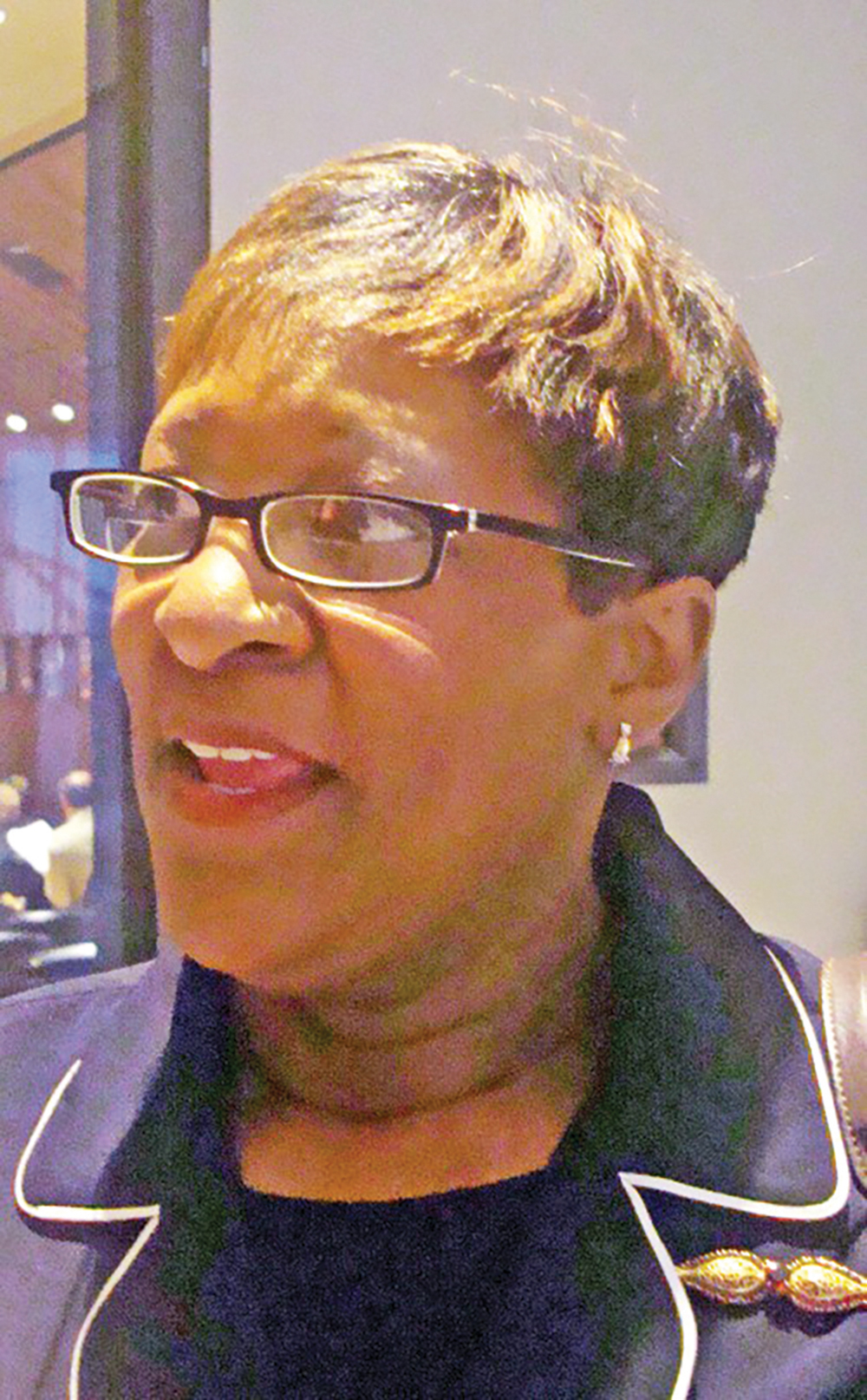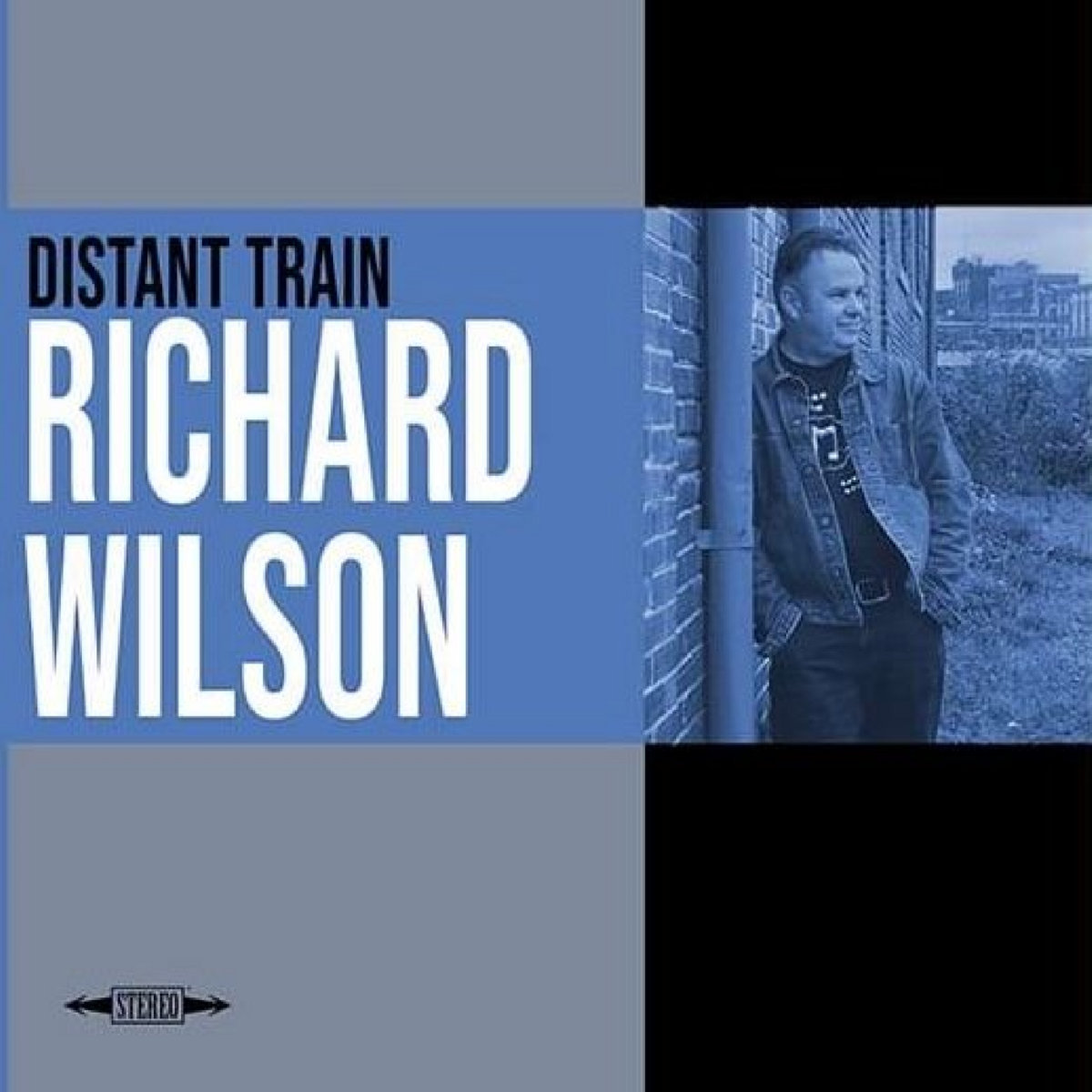The modern U.S. income tax began in 1913, and at first it was very simple. Since then, virtually every congress and administration has layered on additional complexity to the point that the tax code is thousands of pages long and no one person can be expected to be competent in every nuance of tax.
As your income and assets grow, tax planning is more and more important. Consulting an expert is almost always a good idea, but here are three general concepts that cover a lot of ground when it comes to working through this complexity via personal tax planning.
Tax advantaged saving
Depending on income, employment status, and employee benefits, there are various tax-advantaged ways to save. Things like 401(k) plans, 403(b) plans, traditional and Roth IRAs, and HSAs are all potentially advantageous from a tax perspective. Generally, they either allow you to exclude money from your taxable income (to save taxes today) or allow you to pay taxes now but let the money grow tax free (so you can save on taxes in the future). Every situation is different, but it is likely in your best interest to max out these types of programs, even if you feel like you have “too much” money locked away in IRAs, or even if you want to retire early. There are many ways to access retirement accounts early, such as the rule of 55, Substantially Equal Periodic Payments, or Roth Conversion Ladders.
Roth Conversions
In traditional IRAs or 401(k)s, the money going in is not taxed but any eventual withdrawals are taxed like ordinary income. With “Roth” accounts, the money going in is fully taxed but then any eventual distributions are generally tax free. There is a way to convert traditional money to Roth at any time — you just have to treat the money converted as though it’s income which is taxed. Usually, it’s best to defer taxes as long as possible, but in some cases it makes sense to take the hit and pay taxes early. If you plot a typical person’s lifetime tax paid, it is U-shaped — income and therefore taxes paid are higher while working, get lower after retirement, and then rise later in life when required minimum distributions create taxable income. It can make sense to do Roth conversions during those low tax years just after retirement when you’re likely in a low tax bracket.
Charitable giving strategies
Most people become more charitably inclined as they age, and understand the tax benefits that giving can bring. There are a number of strategies that can make doing good do even better when it comes to your tax liability. Donor Advised Funds are a way to move money to an account and take the full deduction at the time of the gift. You can never take back the gift, but you can continue to control it in the sense that the money can stay invested and can be donated over time to the charities of your choice. This lets donors take a larger deduction in certain high-tax times, so gifting can be bunched up and then used over multiple years in the future. Later in life, Qualified Charitable Distributions (QCDs) can be made directly from IRAs to charity to meet RMD requirements.
Conclusion
These concepts are only the beginning of a comprehensive tax plan, especially if your income and assets are large. While these ideas are a good start, there’s no substitute for real advice from tax professionals and financial advisors. We all have a responsibility to pay our taxes, but there’s no reason to ignore the opportunities afforded by the tax code when planning for your future — and it’s never too early to begin!
Gene Gard is Chief Investment Officer at Telarray, a Memphis-based wealth management firm that helps families navigate investment, tax, estate, and retirement decisions. Ask him your questions or schedule an objective, no-pressure portfolio review at letstalk@telarrayadvisors.com. Sign up for the next free online seminar on the Events tab at telarrayadvisors.com.













